

|
|
|
1891-O
Variety 102a
Obverse 1.3: Double Clashed Die, Die Cracks, Medium Level Date
Reverse B.2: Medium O, [mm C,H], Clashed Die
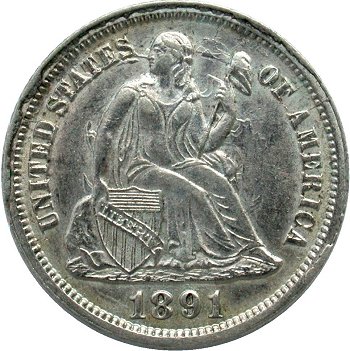
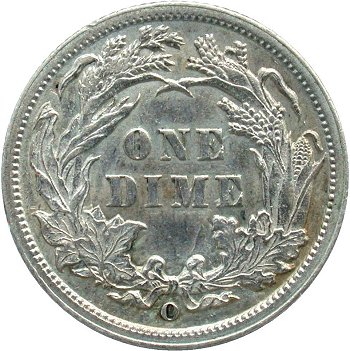
Obverse 1.3 Reverse B.2
Obverse Diagnostic Point(s) Reverse Diagnostic Point(s)
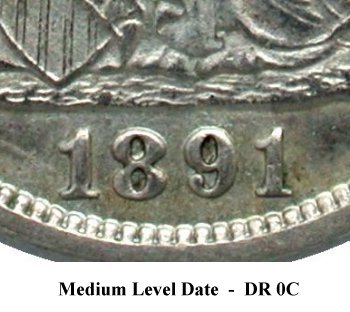
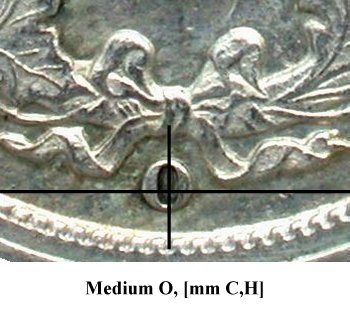
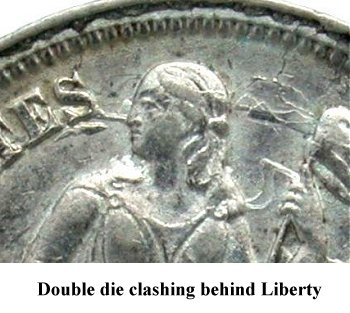
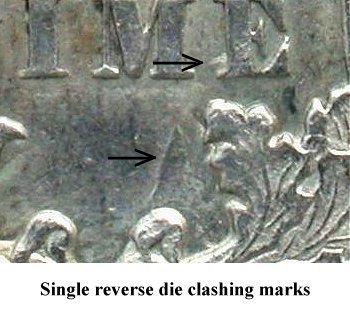
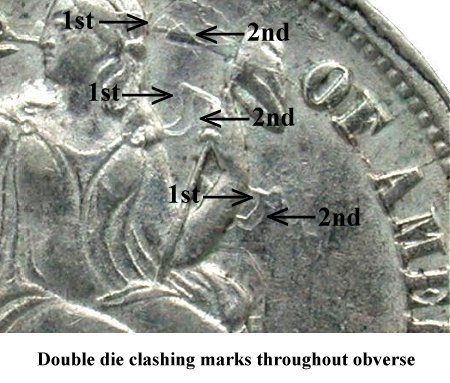
Comments: At some point during the Obverse 1 and Reverse B pairing, the dies suffer a clashing event. As a result, Obverse 1 exhibits two sets of die clashing marks that are slightly offset. This offset is due to differences in reverse die rotational misalignment with respect to the obverse. Since Obverse 1 was clashed twice with two reverse dies, the slight difference in reverse alignment can be seen as an offset in the obverse clash marks.
During this later die state, Obverse 1 continues to crack and the rim cuds become more significant. There is a long die crack from the Liberty cap through the bottom of (OF AMERICA) to the foot and base. Another die crack starts at the 1 digit, moves upward through the base and continues through the bottom of (UNITED STATES) and ends at Liberty's head.
Reverse B is also clashed and shows a die crack from the left ribbon end into the mintmark.
This is a spectacular late die state and a representative outcome of the high striking force used to coin 1891 New Orleans dimes. The author had not seen an F-102a specimen until Scott Grieb offered this example at the 2014 World's Fair of Money show. Once having Scott's specimen in hand, the double clashing event on Obverse 1 was comprehended and properly documented here.
Plate Coin: Courtesy Scott Grieb Collection, AU58